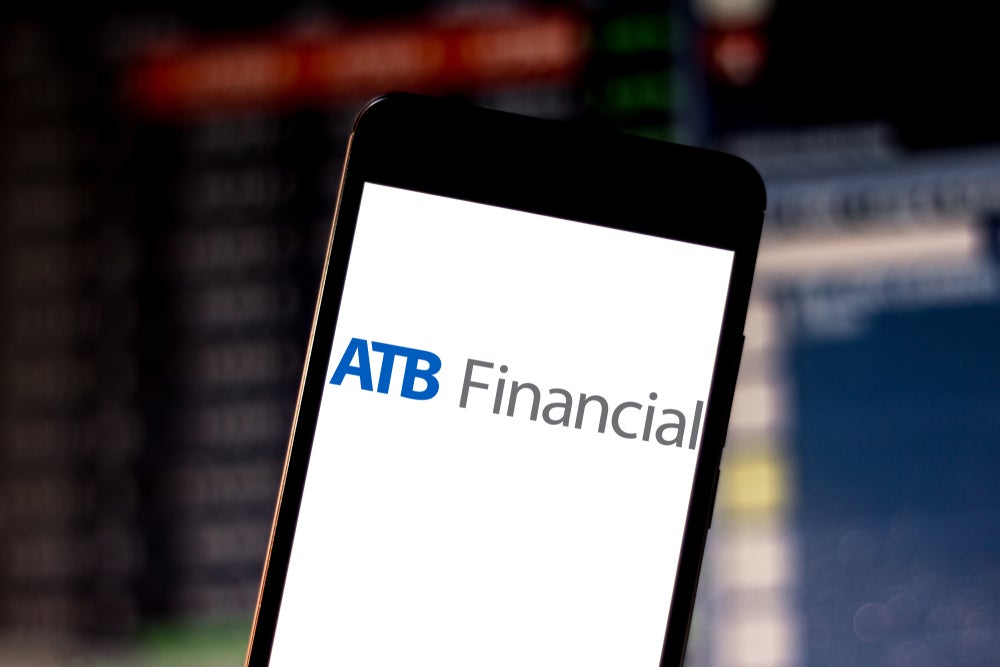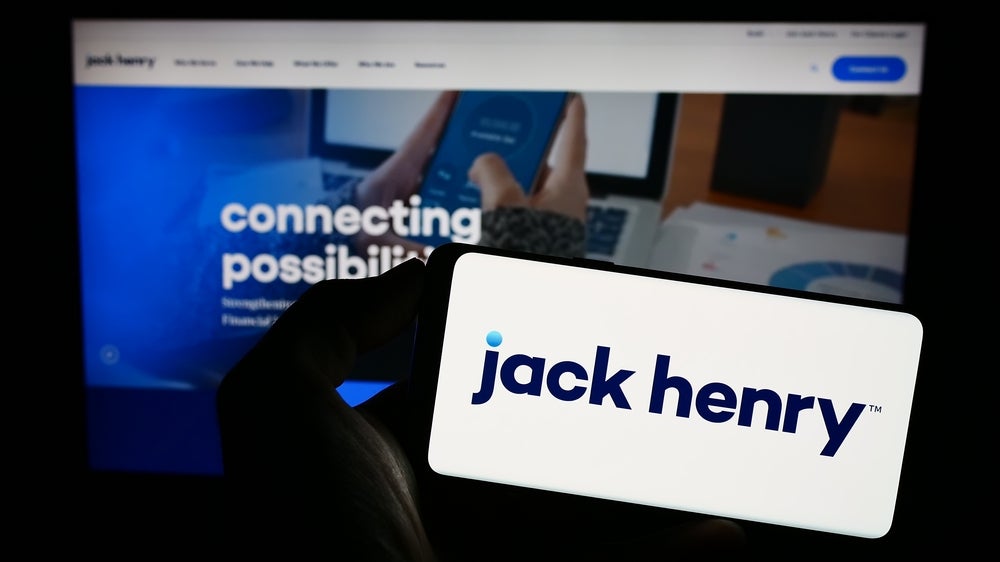Canadian debit scheme Interac Association is offering foreign domestic debit card schemes the chance to license its contact-based and contactless EMV specifications. It has also signed an agreement with tokenisation service provider Sequent Software to give debit schemes access to the US company’s tokenisation platform. Robin Arnfield reports.
Hans Reisgies, Sequent’s co-founder and Chief Technology Officer, says his firm’s deal with Interac is designed to help remove the need for debit networks to make up-front capital investments to implement tokenisation. “Tokenisation is a fraud prevention technology that involves using a proxy value for a payment card that maps to the card’s actual number,” he explains.
In November 2017 Sequent said it will offer Interac licensees access to the Sequent tokenisation Platform as a Service (PaaS) using the white-labelled version of Interac’s contact-based and contactless EMV specifications. These include Interac’s open Application Programming Interfaces (APIs) for contact-based and contactless EMV debit cards and its Software Development Kit (SDK) for mobile payments.
Using Sequent’s tokenisation technology will make it easier for debit card networks to provision cardholders’ payment credentials to mobile devices, Sequent and Interac say.
Pipeline of deals
“Our initial announcement with Interac is the first of a large number we expect to make over the next six months or so,” Reisgies tells RBI. “These will all build on the Interac announcement.”
How well do you really know your competitors?
Access the most comprehensive Company Profiles on the market, powered by GlobalData. Save hours of research. Gain competitive edge.

Thank you!
Your download email will arrive shortly
Not ready to buy yet? Download a free sample
We are confident about the unique quality of our Company Profiles. However, we want you to make the most beneficial decision for your business, so we offer a free sample that you can download by submitting the below form
By GlobalData“We have a very robust pipeline of international licensing orders for 2018,” James Good, Head of International Business Development at Interac, says. “There are two categories of licensees – existing debit networks and organisations that are looking to start a new debit scheme. We would also be pleased to make our solution available to potential licensees in the US but there is nothing active in our pipeline on the US front yet.”
Sequent acts as a tokenisation TSP (trusted service provider) that puts card data on smartphones, Reisgies says. “Interac has its own TSP platform in the Canadian market which it has integrated with Canadian mobile payment offerings such as Apple Pay,” he says.
“The reason why Interac is working with us, is because it wants to offer its APIs and SDK internationally. In many countries, local debit schemes want an alternative to Visa or Mastercard’s contactless technology and their Visa- and Mastercard-branded tokenisation services.”
Good notes that a number of countries are witnessing the launch or the development of new local debit schemes.
Background
In the late 2000s, as Canada migrated to EMV, Interac worked with the international card schemes to ensure its Canadian debit cards used contact-based EMV technology. However, because Interac is a proprietary debit scheme, Visa and Mastercard didn’t allow it to access their contactless EMV technology. This forced Interac to develop its own Interac Flash contactless platform, Good explains.
“We launched Interac Flash in Canada in 2010 and subsequently introduced a mobile version of Flash for use in Apple Pay, Samsung Pay and Android Pay and in HCE (Host Card Emulation) based mobile wallets issued by Canadian banks,” he says.
“As I’ve attended payments industry conferences around the world and talked to national debit schemes, I’ve discovered that Interac is seen as a success story. I’m often asked by debit networks how Interac managed to defend its territory faced with the international card networks. So I realised we could help other debit networks by licensing our technology and providing our expertise and strategic consultancy services.”
Good says Interac is flexible and allows licensees to select its services and products on an ‘à la carte’ basis. “Licensees can take our technology specification and adapt it for their own networks and terminals, or they can use our specification without modifying it, and take advantage of our certification process,” he says.
“We’ve certified a number of terminal and card vendors for our products, and this means licensees can very quickly deploy these companies’ products in their markets using our specification. This will save them the cost of doing their own specification development.”
BankAxept
In October 2015, Interac was approached by Norwegian debit scheme BankAxept.
“We had several meetings with BankAxept, which resulted in their licensing our contact-based and contactless EMV technology,” says Good. “Like Interac, BankAxept hadn’t been permitted to deploy the international card schemes’ contactless EMV specification, following their rollout of contact-based EMV on their debit platform.
“So they wanted to use our contactless technology, as their market was moving quickly to contactless and they wanted a roadmap for mobile payments too.”
Within six months of signing a contract, BankAxept was able to deploy a contactless EMV card and terminal solution based on Interac technology in the Norwegian market, Good says. “They used their own tokenisation platform, as this was prior to our deal with Sequent,” he notes.
Analyst comments
“The deal with Sequent is an excellent opportunity for Interac to gain additional entry into the US market as NFC tap payments via cards and mobile devices grow in the US,” says IDC Canada Affiliate Robert Smythe. “It will be interesting to see how the relationship between Sequent, a heavily VC-driven fintech organisation, and Interac evolves.”
“Payment card credential tokenisation, so that the ‘real’ account identifier isn’t flying around the internet, is a good idea,” says Mike Vaselenak, President and Lead Analyst at Canadian consultancy VCS Technologies.
“Enabling tokenisation through an open platform that provides third parties with implementation tools (such as published SDKs and APIs) and shared platform access (Software as a Service) is a good idea.
“An even better idea is having key open payments services stakeholders (card schemes, networks, and issuers) support an open business model enabling third parties (merchants, processors, mobile platforms and social media) to offer payment credential tokenisation services. Any deals that support the opening up of payments tokenization are a positive development.”
Qualified good news
“Interac’s licensing deal with Sequent can be good news for the industry,” says Vaselenak. “But some words of caution are in order. The tokenisation ecosystems (card scheme specifications, APIs, certifications, and legal terms) on offer from Visa, Mastercard, Interac, Amex, etc. are fairly new and still evolving from technical and business perspectives. Tokenisation isn’t a ‘cure all’ for eliminating the hacking of payments credentials – it moves the storage of sensitive card credentials away from the merchant (or related) systems to a more controlled (and presumably more secure) environment – the Tokenisation Service Provider (TSP) ‘vault’.
A combination of Sequent’s emphasis on the security of the ‘on device’ (mobile-stored) token, and back-end account lifecycle management, together with Interac’s experience in the deployment of contact and contactless (dual-interface) EMV can be a powerful tool (if properly architected) for deploying payments tokenization services.
“Interac has historically been a bank issuer-oriented organisation supporting a national bank debit (issuer peer-to-peer) network enabled via centralised controls. This orientation is reflected in Interac’s EMV implementation specifications (such as Interac’s approach to offline or ‘stand in’ payment authorisation), as well as in Interac’s tokenisation scheme and its approach towards a centralized, shared token vault.
“It isn’t clear at this time what target markets Sequent will be pursuing. Sequent and Interac’s November 2017 news release seems to indicate that national, bank issuer-controlled payment networks are one such target market.
How does this tokenisation platform stack up against Visa, Mastercard, Amex, etc. platforms supporting distributed (non-scheme) vaults and a hierarchy of certified third parties for tokenisation services on a global scale? This is to be determined.
“Interac is very good at its national debit network platform, and has attempted to leverage this capability internationally, such as its licensing deal with Norway’s national debit network BankAxept.
“It makes sense for Interac to partner with an organisation that can add value, and has the necessary marketing prowess to penetrate target markets. Tokenisation has to work from multiple business stakeholders’ perspectives (essentially, who charges who, and how much, for doing what in tokenisation, for what benefit to who?).
“The business case for Visa and Mastercard in offering their tokenisation schemes are clear, but the business case is less clear for issuers (even accounting for reductions in credentials fraud) and much less clear for merchants and processors.
“It will be interesting to see if Sequent’s business pitch gains traction in terms of licensing its white-label payments EMV tokenisation platform to avoid ‘in-house’ implementation costs.”







